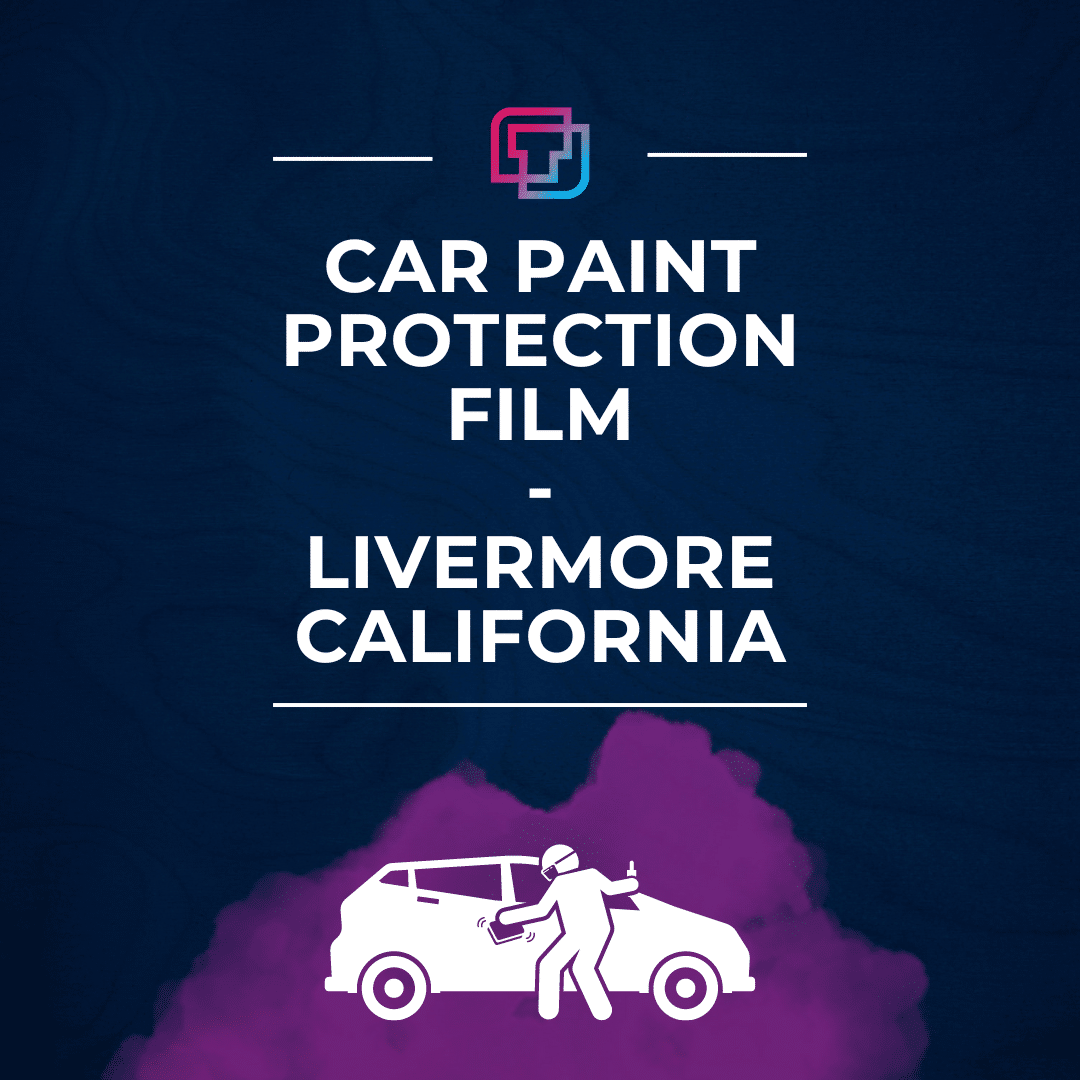Carbon vs Ceramic Tint? That’s the question? Well, let’s figure it out.
Car window tint comes in multiple options, varying in the types of materials or chemicals used to coat the underlying, transparent film – including ceramic and carbon. These tint layers change the exterior aesthetic, as well as the tint’s performance.
Of course, products also range in price, depending on the strength and durability of the layer’s attributes.
So, while dyed window tint works well and is the most affordable option on the market, other products such as ceramic tint and carbon are considered the highest-quality options – and are the most expensive.
So, if you’re ready to step up your car’s window tint to look cool and stay cool, you need to learn more about nano-ceramic tint first. check the articles below:
So you’ll better understand why your car deserves nothing but the best and the best is ceramic window tint.
Carbon vs Ceramic Tint
Carbon tints have some benefits of nano-ceramic tints except for the solar rejection heat capacity. Meanwhile, a ceramic film car window tint is superior in rejecting the entry of UV light into the passenger cabin by absorbing and reflecting glare.
It also blocks about 70% to 90% of the sun’s solar heat, compared to carbon tint with only about 40% blocking action.
Also, if you have the ceramic tint film installed on the windshield, you’ll have no issues with visibility from the inside.
So, even if it looks dark from the outside, it’s not dark from the inside, unlike nano carbon tint that becomes darker with heavier shade.
There is no doubt that ceramic tinting is the best option in terms of durability and quality. But that does not mean it is the best product for your requirements. And, this is especially true if you are low on budget. Let’s check them both:
Carbon Window Tint Film
Infused with carbon particles that are very effective at blocking infrared light, carbon tint helps keep car interior cooler – it doesn’t fade through time like dyed films. However, its particles are large – light can bounce inside the film.
As a result, it creates glare and haze – at times, it’s difficult to see through.
Benefits of Carbon Window tint film
- No Electronic Interference
- superior scratch resistance
- Guaranteed no fading or purple
- 50% solar energy rejection
- 99% UV Ray rejection
- Neutral Black color
Ceramic Window Tint Film
A tint made with non-conductive ceramic particles, ceramic window film prevents glare or haze while blocking infrared light.
Benefits of Ceramic Window Film
- The highest quality of window tint film – both nonconductive and nonmetallic
- Cuts from 73% to 91% of the solar heat that
- Allows maximum efficiency in the functioning of radios, cell phones, and GPS systems
- Surpasses the other types in its resistance to glare and fading
- Renders windows are highly shatter-proof
- Most effective in its blocking of ultraviolet light from the interior
- Can block up to 99% from entering the interior
Which One to Choose? Carbon Or Ceramic?
Carbon vs Ceramic Tint quality and durability
In terms of quality and durability, the ceramic window tint is the best option. However, it doesn’t mean it’s what you need, especially if there’s an issue with the budget.
Although ceramic tint is better than carbon in terms of quality, many clients don’t require the level of security that it offers – its shatter-proof feature.
Carbon tinting also prevents solar heat gain and sun fading, but for a lower price – ideal if energy efficiency is the top concern.
Carbon vs Ceramic Privacy
With regards to privacy, both carbon and ceramic tint are terrific options. However, if you want heightened safety, security, and anti-shattering properties, and are willing to pay a higher price tag, go for ceramic tinting.
Carbon vs Ceramic Technology
Ceramic tints make a world of difference in the automotive tinting industry by offering the most advanced technology yet to provide the best driving experience without the distraction from the sun’s glare.
It provides superior performance versus the conventional ones, and it significantly reduces the vehicle’s interior temperature after exposure to sunlight, even without the car window shades or windshield cover.
While we can debate that ceramic tint is better than carbon, most clients don’t necessarily require the security level offered by ceramic window tinting, which is virtually shatter-proof.
If you’re living in a less secure part of the city, the security benefits offered by ceramic window films are worth investing in.
So, if you’re ready to step up your car’s window tint to look cool and stay cool, you need to learn more about nano-ceramic tint first. So, what is a ceramic tint? What are the notable differences between ceramic window tint and regular tints, as well as carbon vs ceramic window tints? These are among the things we’ll discuss so you’ll better understand why your car deserves nothing but the best ceramic window tint.
When in doubt, Contact Tintix
if you still can’t decide which one to choose – we’d be happy to help! TINTIX offers car window tinting services in Brentwood, CA call us today and we will guide you in choosing the window that you need.




